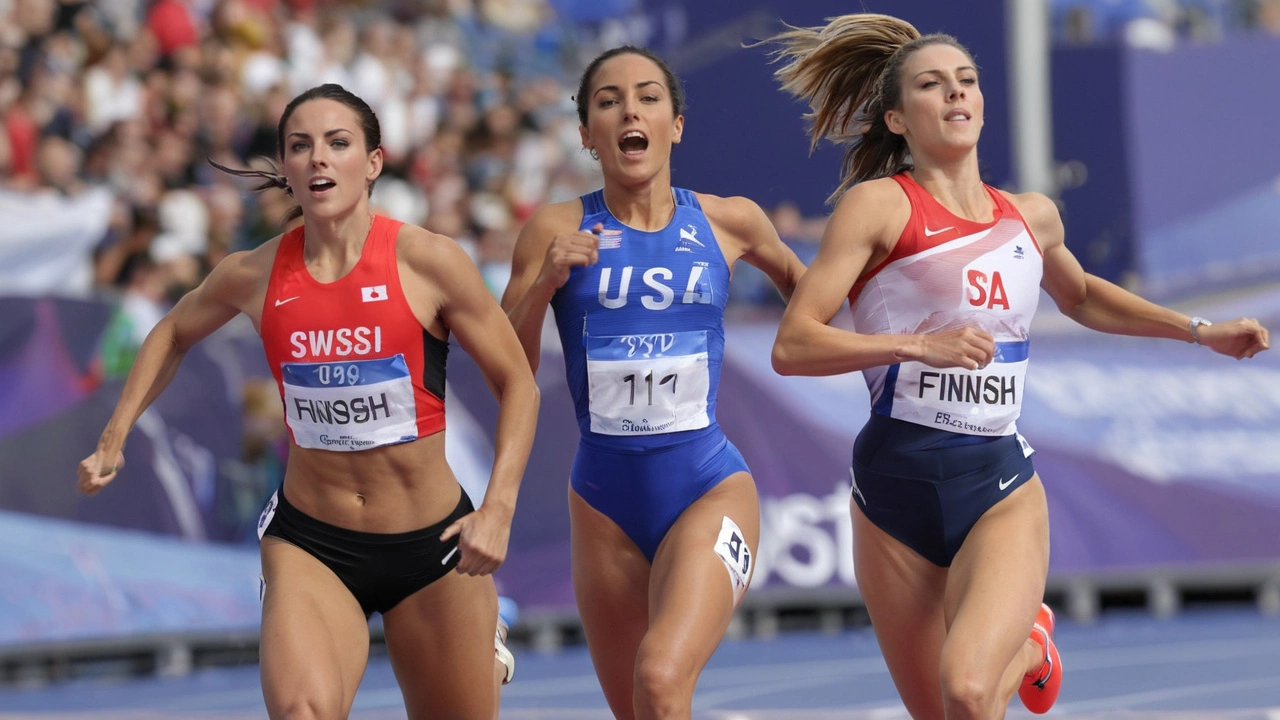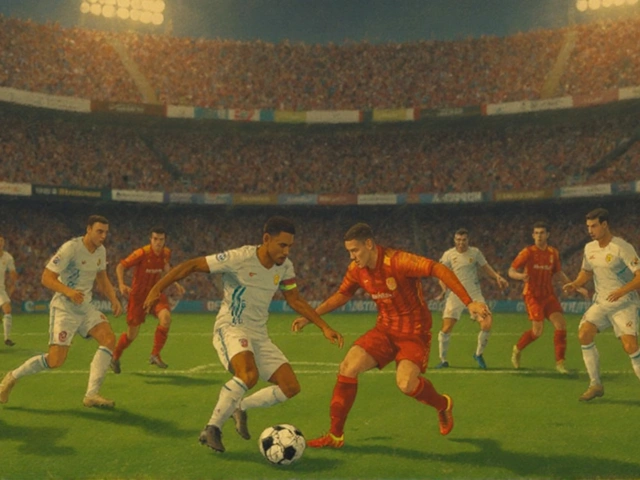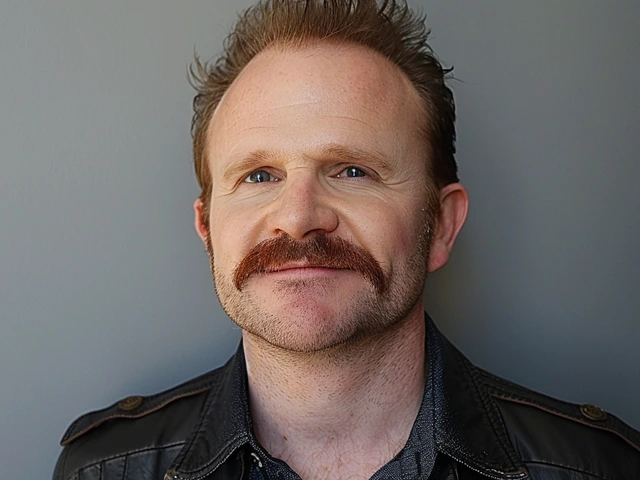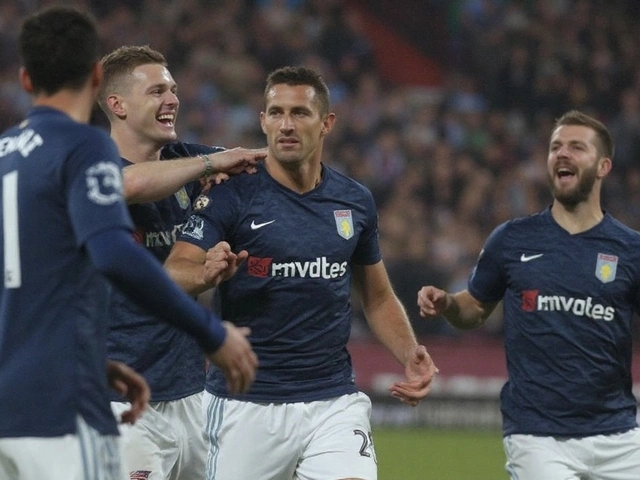Repechage Races Explained – What They Are and Why They Matter
If you’ve ever watched rowing, cycling or wrestling events, you might have heard commentators mention a "repechage" round. It sounds fancy, but the idea is simple: it’s a second‑chance heat that lets competitors who missed out on direct qualification try again.
How a Repechage Works
Most knockout tournaments start with head‑to‑head matches or heats. Winners move straight to the next round, while losers are usually out. A repechage flips that script by creating an extra bracket for those losers. After the first round, everyone who didn’t qualify joins a new set of races. The top finishers from this bracket then fill the remaining spots in the main competition.
Think of it like a safety net. If you stumble early because of bad luck or a tough draw, the repechage gives you another shot to prove yourself. In many sports the format is strict: only those who lost to finalists get a chance, while others are eliminated outright. The exact rules vary, but the core idea stays the same – keep strong athletes in play even after an early loss.
Sports That Use Repechage
Rowing is one of the most visible users of repechage. After the initial heats, crews that didn’t win their heat race again to fill the semifinal lanes. This keeps the field competitive and ensures a fast boat isn’t knocked out just because it drew a strong opponent early.
Cycling events like sprint track races also rely on repechage rounds. A rider who loses a first‑round match can still make it to the quarterfinals by winning the repechage heat. In wrestling and judo, the system is called “loser’s bracket” or “consolation round,” but it functions exactly like a repechage – giving athletes who lost to eventual finalists a chance at bronze.
Even some swimming meets use a similar concept for relay events, letting teams that missed direct qualification race again for the final lane. The common thread is fairness: you don’t want a single bad start to end an athlete’s tournament when they have the skill to compete for medals.
Fans love repechage races because they add drama. A rider who fell early can roar back in the next heat, turning a disappointment into a comeback story. It also means the final rounds feature athletes who are truly in form, not just those who got an easy first draw.
If you’re new to watching these events, here’s a quick tip: keep an eye on the repechage schedule. The races usually happen right after the initial heats, so you won’t miss the action. Look for lane assignments that show “R” next to a competitor’s name – that indicates they are racing in the repechage.
Understanding how repechage works also helps you follow the medal picture. In many tournaments the bronze medal match is decided entirely by athletes who fought through the repechage bracket, so those races often produce the most intense finishes.
Bottom line: repechage races keep competitions fair, exciting, and full of second‑chance stories. Whether you’re a casual viewer or a hardcore fan, knowing this format makes every heat count and adds a layer of strategy to how athletes pace themselves through a tournament.

Paris Olympics Introduce Exciting Repechage Races in Track Events
The Paris Olympics have introduced a groundbreaking repechage system in track events, offering athletes another chance to reach the semi-finals. Athletes from 200m to 1500m races, including hurdles, now compete in these thrilling second-chance races. The new system has sparked considerable excitement and debates about fairness and athlete recovery.




